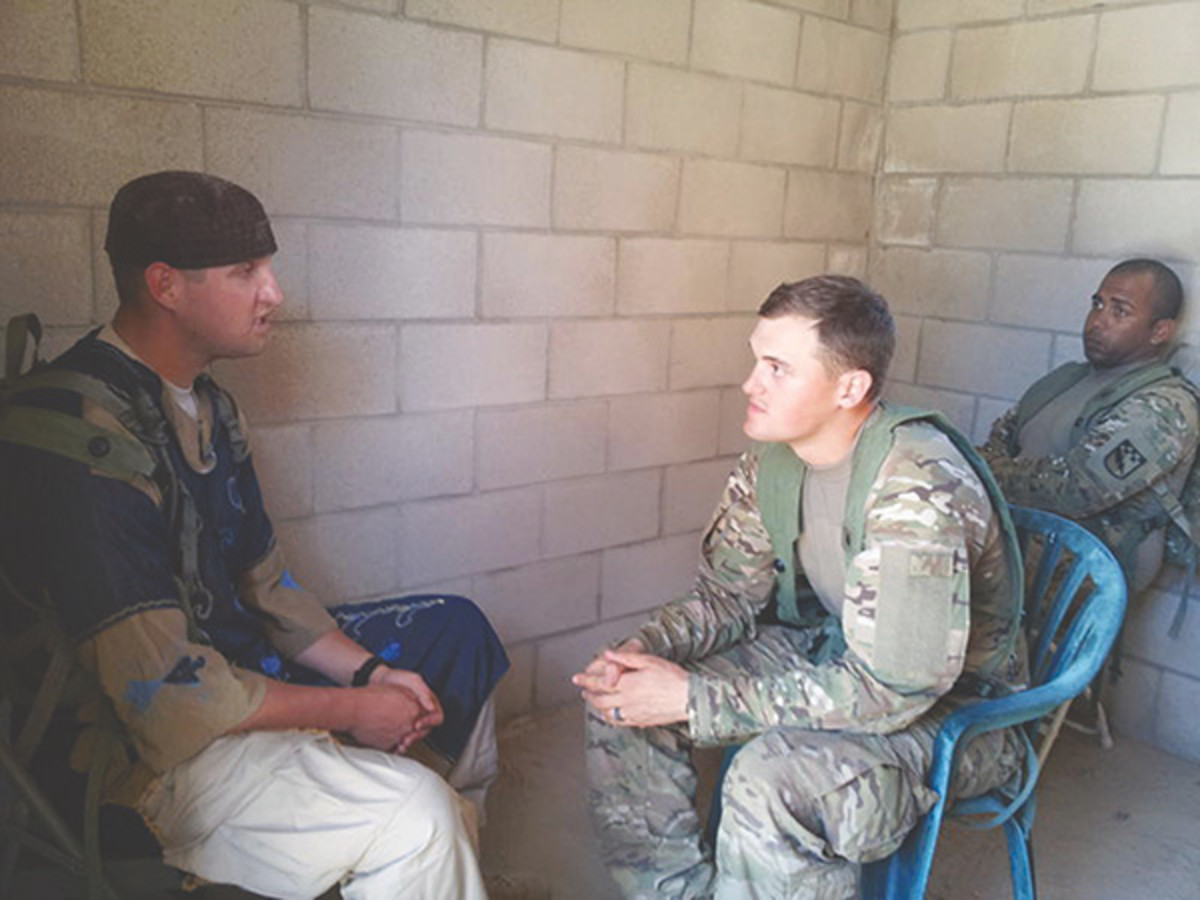Book Review: The Black Tulip

In reading The Black Tulip, one is privy to an inside look at the cloak and dagger world of espionage. Instances of tradecraft in intelligence collection and counterintelligence activities and covert action as well as their strengths and weaknesses are exhibited in the true to life plot. One also has the opportunity to explore the ethical challenges involved in conducting intelligence and related operations.
The Black Tulip, by Milt Bearden is filled with references and allusions to actual players within the international intelligence community of the Cold War era. A number of facts can be corroborated in reading Spy Handler: Memoir of a KGB Officer, a first-hand account of the former KGB officer, Victor Cherkashin, who turned the now infamous American Aldrich Ames. Many of the same people such as Ivan Victorovich Edward Lee Howard (Cherkashin 159) and Vitaly Yurchencko (Cherkashin 108) that are discussed in Cherkashin’s memoir are at the very least mentioned is Bearden’s book. A number of these people are covered in a third book, Encyclopedia of the Central Intelligence Agency by W. Thomas Smith Jr. The Black Tulip even makes a reference to Charlie Wilson, a Texas congressman of the time. This also, the main character of Universal Pictures’ 2007 movie Charlie Wilson’s War, a drama based on Congressman Wilson’s covert dealings in Afghanistan and his efforts to assist rebels in their war with the Soviets. The time frames are aligned with activities in the rest of the world, giving further credence to the work of realistic fiction and making it easy for the reader to forget that the novel, though weaved into history, is not a intended as a historical accord of actual events. Richard Holbrooke, former US ambassador to the United Nations is even quoted as having said about the book, “…Forget Tom Clancy: this is the real thing.”
Clandestine tricks of the trade are utilized to assess threats to the security of America and the rest of the world. In the case of The Black Tulip, a character named Adolf Tokarev was an avionics design engineer that was passing classified Russian plans for next generation interceptor class fighter jets to his American handlers over a period of time. This information though fictitious in the story, would be of immense value to allied forces with the intent of combating aviation capabilities of the enemy in order to establish air superiority. Also, knowing the weaknesses of different aircraft allow American pilots to engage them in the most effective manner possible to prevent allied losses. Tokarev is likely based on a real person, Adolf Tolkachev who was actually a scientist specializing in radar, and he was arrested by a team of Alpha men posing as police officers doing a traffic stop according to Cherkashin’s memoir rather than a squad of thugs as in Bearden’s book. His downfall was due to the efforts of Edward Lee Howard who revealed his identity to the KGB (151).
There are different types of tradecraft, each with its own strengths and weaknesses that can be effectively applied in a multitude of situations. For example, the effective use of agents is strongly dependent on the individual agent. In the case of Adolf Tokarev, it was said that he was naturally jittery and became even more so when he was scared. He had missed three separate scheduled meetings. While this was import to his personal safety, it also increased the chances that he wouldn’t be able to pass the information on to his handler if he had been caught with them in his possession. Plus knowing what information the Americans were looking for would have tipped the Russians off that their aircraft designs had been compromised and would also give them a hint as to the American strategy providing a good opportunity for counterintelligence
Advanced technology of the time is also prevalent in counterintelligence operations as well. For example, signals intelligence was used to listen in on the conversation between Fannin and Tokarev at the beginning of the story. It was probably knuckle draggers that responded to recover him, as it’s unlikely that there would be that many KGB officers directly involved in grunt work.
Later in the plot, there was a communications network that was deliberately compromised to feed the Soviets disinformation. There was a method of communication that was encrypted and relayed via satellite to prevent its source and being traced (Bearden 62). Also, early in the story, Fannin undergoes a “flutter” or polygraph test to determine if he’s being honest and his loyalties haven’t been compromised. When he passes, the CIA’s chief of counterintelligence comes up with the conspiracy theory that the results are “a little too good.”
Throughout the book there are numerous instances of tradecraft used in covert action such as the “brush pass” that occurs early in the story when Tokarev is passing film canisters off to the main character, Alexander Fannin as his last act of espionage (Bearden 10). In another instance of the dark arts in action, on the way to Moscow, Fannin looks over the contents of a package containing his alias of Gromek Jasik with a legend that he himself had meticulously backstopped previously (Bearden 25). Operating as an outside man (Smith 182), the little details would be important, as he wouldn’t have any diplomatic immunity. Also, imagery intelligence was used to select the sight for The Hermitage (Bearden 58). Without satellite imagery, it may have taken them months to find a location that offered such a naturally passive tactical advantage in terms of cover and concealment. In fact, because it was so well hidden and difficult to get to, they may have never found it.
When engaging in covert action, one is likely to encounter any number of ethical challenges. The officer or agent will have to choose between what is right and wrong based on various criteria such as the laws of the land in which he is operating, spiritual consideration in the case of religion, the rules he was raised by and morals in general. They will have to ask themselves if it’s right to do something wrong for a good cause; and if the answer is yes, does what is considered wrong become right? Those on the front lines will have to find away to convince themselves that they are doing the right thing whether it be through rationalization such as “If I don’t do this, someone else will do it anyway” or perhaps telling themselves “This is better than selling drugs to get the money I need.” Or maybe even deluding themselves, perhaps by saying something like, “As long as I cooperate, nothing will happen to me.”
Having read The Black Tulip, one will enjoy a historically accurate fiction about Cold War Human Intelligence collection and covert operations while learning about various forms of tradecraft that facilitate these efforts. The book was very realistic and showed how cutting edge technology of the time can be used to assess and counter threats to the US and global security. Incidents of both intelligence and counterintelligence operations along with covert action as well as their strengths and weaknesses were exhibited in the true to life plot. The reader was also granted opportunity to explore the ethical challenges associated with conducting intelligence and related operations.
References
Bearden, Milt. 1998. The Black Tulip: A Novel of War in Afghanistan. New York: Random House Trade Paperbacks.
Cherkashin, Victor with Gregory Feifer. 2005. Spy Handler: Memoir of a KGB Officer. New York: Basic Books
Nutter, John. 2000. The CIA’s Black Ops: Covert Action, Foreign Policy and Democracy. New York: Prometheus Books.
Smith, Thomas Jr. 2003. Encyclopedia of The Central Intelligence Agency. New York: Checkmark Books.









